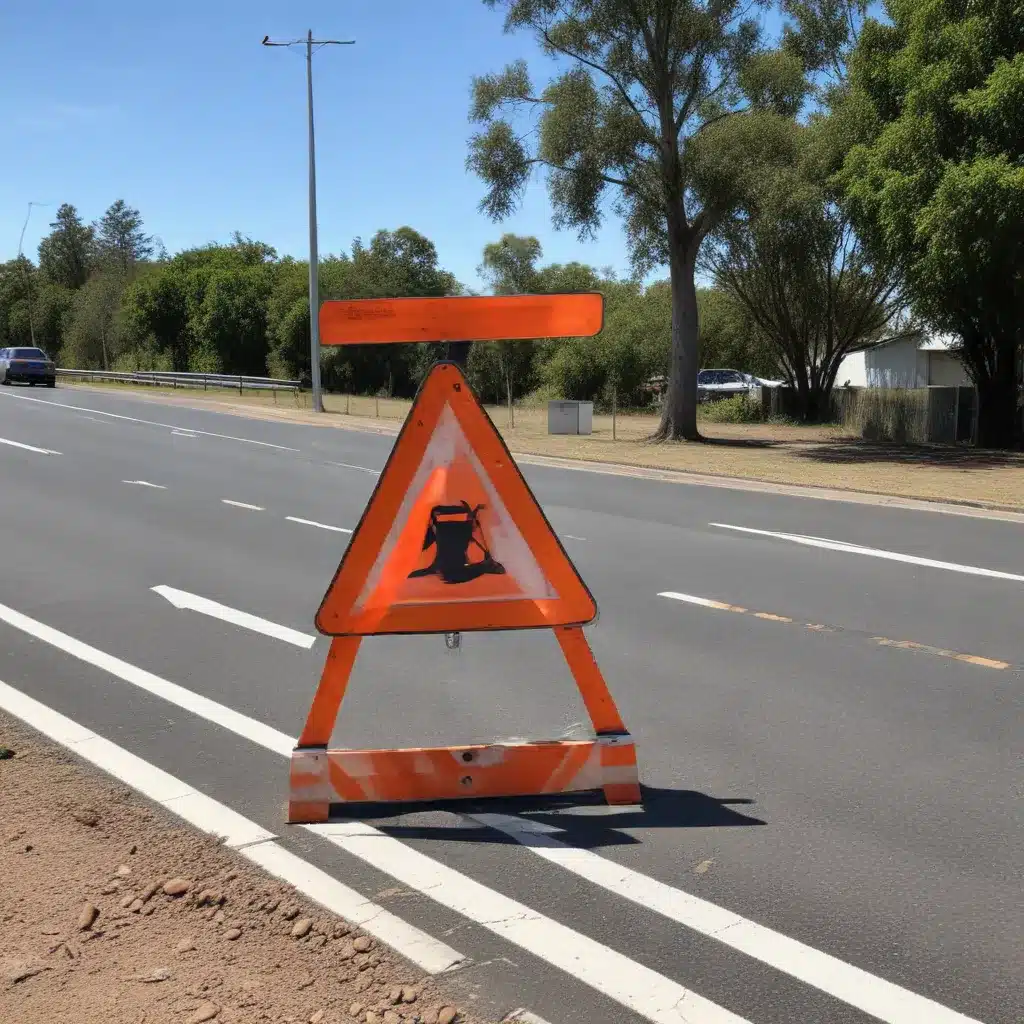
Prioritizing Safety and Connectivity for Sustainable Development
As communities across Australia grapple with the challenges of rapid growth and urbanization, the Bundaberg Regional Council has taken a proactive approach to addressing infrastructure needs and enhancing road safety. The 2024-25 budget highlights a capital program that places a strong emphasis on essential services, with a focus on upgrading key intersections to support both public safety and economic development.
One such project is the Hughes Road and Blain Street intersection upgrade in Bargara, a strategic initiative that exemplifies the council’s comprehensive approach to infrastructure planning. This roundabout installation, set to be completed by 2025, aims to ensure safe access to the growing area while maintaining the efficiency of the overall road network.
“The intersection will be upgraded to a roundabout in response to the ongoing development along Hughes Road and the planned extension of Blain Street further west,” explained Cr Larine Statham-Blair, the Roads and Infrastructure (urban) portfolio spokesperson. “This upgrade will ensure a safe intersection for all road users, featuring priority crossings for pedestrians and cyclists. This will enhance connectivity for active modes of transport between new developments and the Bargara main centre.”
The Hughes Road and Blain Street intersection upgrade is part of the council’s broader strategy to create a more livable and sustainable Bundaberg region. By prioritizing road safety and active transportation infrastructure, the council is laying the groundwork for a future-ready community that can support continued growth without compromising the safety and well-being of its residents.
Comprehensive Infrastructure Planning for Growth and Sustainability
The Hughes Road and Blain Street intersection upgrade is not just a standalone project; it is a key component of the Bargara Emerging Communities Infrastructure Planning (ECIP) initiative, a comprehensive approach to infrastructure development that has garnered national recognition.
“The ECIP project received accolades in 2023, including the Institute of Public Works Engineering Australasia (QNT) Innovation and Sustainability in Water award and the Stormwater Queensland Excellence in Strategic or Master Planning award,” said Cr Statham-Blair. “This is an example of how Council’s comprehensive approach to infrastructure planning ensures that essential infrastructure such as roads and pathways continue to meet the community’s needs while preparing for future growth and sustainability.”
The ECIP initiative goes beyond traditional infrastructure planning by taking a holistic view of the region’s needs, incorporating not only transportation but also considerations for water, stormwater, and community connectivity. By anticipating and addressing the evolving infrastructure requirements of the Bargara area, the council is positioning the region for sustainable growth and improved quality of life for its residents.
Unlocking Funding for Community-Driven Projects
The Hughes Road and Blain Street intersection upgrade is made possible through the Local Roads and Community Infrastructure Program, a federal government initiative that supports local councils in delivering priority local road and community infrastructure projects. This funding source not only helps to create jobs and drive economic benefits for the Bundaberg region but also ensures that critical infrastructure improvements can be realized.
“This upgrade will ensure a safe intersection for all road users, featuring priority crossings for pedestrians and cyclists. This will enhance connectivity for active modes of transport between new developments and the Bargara main centre.”
By tapping into this program, the Bundaberg Regional Council has been able to prioritize projects that directly address the community’s needs, such as the Hughes Road and Blain Street intersection upgrade. This strategic approach to infrastructure funding enables the council to deliver tangible, long-lasting benefits to the region, while also preparing for future growth and sustainability.
Fostering Inclusive and Sustainable Communities
The road safety upgrades in Bundaberg are not just about improving traffic flow or reducing the risk of accidents; they are part of a broader vision for creating inclusive and sustainable communities. By prioritizing active transportation infrastructure, the council is encouraging a modal shift away from private vehicle use and towards more environmentally-friendly modes of travel, such as walking and cycling.
This emphasis on active transportation not only supports the region’s climate change mitigation efforts but also enhances the overall quality of life for residents. By providing safe and connected pathways, the council is empowering community members to make healthier choices, reduce their carbon footprint, and enjoy the natural beauty of the Bundaberg region.
Moreover, the council’s comprehensive approach to infrastructure planning ensures that the needs of all community members are taken into account. The inclusion of priority crossings for pedestrians and cyclists in the Hughes Road and Blain Street intersection upgrade demonstrates a commitment to ensuring equitable access and mobility for all, regardless of age, ability, or mode of transportation.
Conclusion: Building a Resilient and Adaptable Future
The Bundaberg Regional Council’s investment in road safety upgrades and comprehensive infrastructure planning is a testament to its forward-thinking approach to community development. By prioritizing safety, connectivity, and sustainability, the council is laying the groundwork for a resilient and adaptable future that can support the region’s continued growth while enhancing the overall quality of life for its residents.
As communities across Australia grapple with the challenges of urbanization and climate change, the Bundaberg model offers a blueprint for how local governments can proactively address infrastructure needs and foster inclusive, sustainable development. Through strategic investments, collaborative planning, and a commitment to community-driven priorities, the Bundaberg Regional Council is shaping a future that is both responsive to the present and prepared for the challenges of tomorrow.
To learn more about the Joint Action for Water initiative and how it is supporting communities in addressing water and sanitation challenges, please visit our website.

